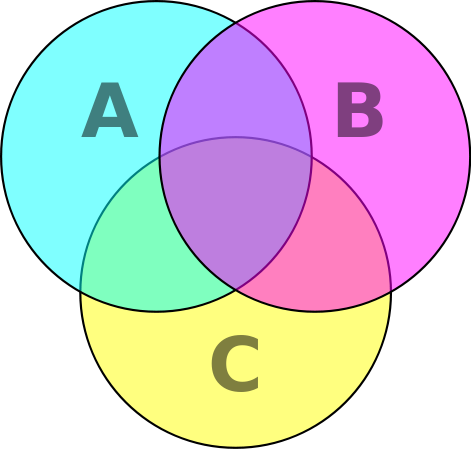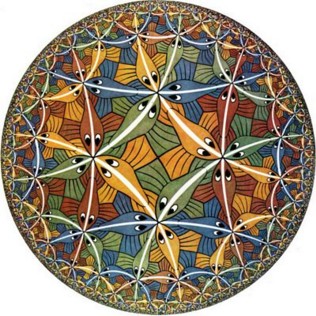Victoria, the ecosystem
When people say that Victoria British Columbia is “a small town,” I think they’re dead wrong. I understand what those people are getting at, but I think they’re completely missing the mark: because, with a Capital Regional District (CRD) population of over 350,000 people, it’s not a small town by Canadian standards. We punch above our weight in many areas: we have several universities and colleges in town (and research and medical facilities to go with these); we have art and music and ballet schools; a kick-ass opera (and I say that even though I’m opera-challenged – love the singing, but hate the stupid story-lines); a great symphony orchestra; an exciting youth orchestra; a gazillion music groups and gobs of talented players; an incredible indy music scene; a whole bunch of thriving, innovative theaters, from musical to improv to way-out-there-fringe; slam poets galore; an art gallery that has the best Asian collection (albeit mostly in storage); …the list goes on.
It’s true that we are very very small if we count only the population of the City of Victoria, but no one in their right mind understands those arbitrary political boundaries as having actual social or practical significance in real life (except, of course, when those same political lines in the sand mess up your life with regard to pulling permits or other bureaucratic niceties, etc.). For all intents and purposes, “Victoria” is comprised of all the people in the CRD.
We don’t punch above our weight economically, perhaps in part because there are no “big” employers aside from the Province (government) and we don’t attract any head offices. But there’s a sometimes surprising network of small businesses that increasingly (thank-you, interwebs) plug into the world beyond the island. (For non-BC readers: we’re located on a peninsula on the southernmost tip of a rather large, vastly uninhabited island.)
That we are an island-locked ocean-bordered city is, aside from our municipal political structure (balkanization into 13 municipalities), our biggest constraint, and I’m not yet sure how – even if you look at it as a design issue and say, “let this constraint be a feature, not a …well, constraint/ bug” – or whether it’s possible to get around it. At the end of the day, there’s something so final about geography.
Essentially, people say that Victoria is “a small town” because anyone who begins to engage in any of the city’s spheres comes to realize very quickly that everyone knows everyone here.
Isn’t that the very definition of “small town”?
I don’t think so.
 You know what a Venn diagram is, right? There’s a simple example on the right —>
You know what a Venn diagram is, right? There’s a simple example on the right —>
In a small town, a simple Venn diagram would explain the overlap of people connections. There would be this core group of individuals (the ones in the area where all three circles overlap) who sort of know everyone and everything, and there would be slightly weaker overlaps in those areas where just two circles overlap.
 What makes Victoria different – possibly unique – is that we can’t use simple Venn diagrams to “explain” overlaps or cultures in this city. Imagine, instead, a Venn diagram drawn by M.C. Escher (on the left, a relatively uncomplicated – heh – structure called Circle Limit <– click that link for a larger image).
What makes Victoria different – possibly unique – is that we can’t use simple Venn diagrams to “explain” overlaps or cultures in this city. Imagine, instead, a Venn diagram drawn by M.C. Escher (on the left, a relatively uncomplicated – heh – structure called Circle Limit <– click that link for a larger image).
Or perhaps imagine a Venn diagram drawn by M.C. Escher, which is then re-interpreted by Benoit Mandelbrot as a fractal.
That’s the sort of overlap we deal with here, and it can make for some very strange overlaps indeed – and it can create the feeling that it’s literally impossible to get away from anyone anytime anywhere in this city. Wherever you go, there you are – and you are connected to everyone else.
Why is that? My theory is that Victoria has one of the densest (and sometimes weirdest) ecosystems of any place around. This ecosystem is of course expressed in the nature of the place – a nature which is indomitable, impossible to squelch or suppress – and it replicates in all the “little” human ways of the two-legged inhabitants of this place.
This is not a small town. This is an especially dense and concentrated ecosystem (albeit economically still underdeveloped). But if it ever busts out and becomes the sort of economic generator that Jane Jacobs talked about when she described economies as ecosystems (stretching imports in the conduit, she called it), it’s going to be very big (that is: rich and complex and vibrant) indeed.
I would like to think that our political and civic leaders get this. Most of the time, I’m not convinced.
No Comments yet
Sorry, the comment form is closed at this time.